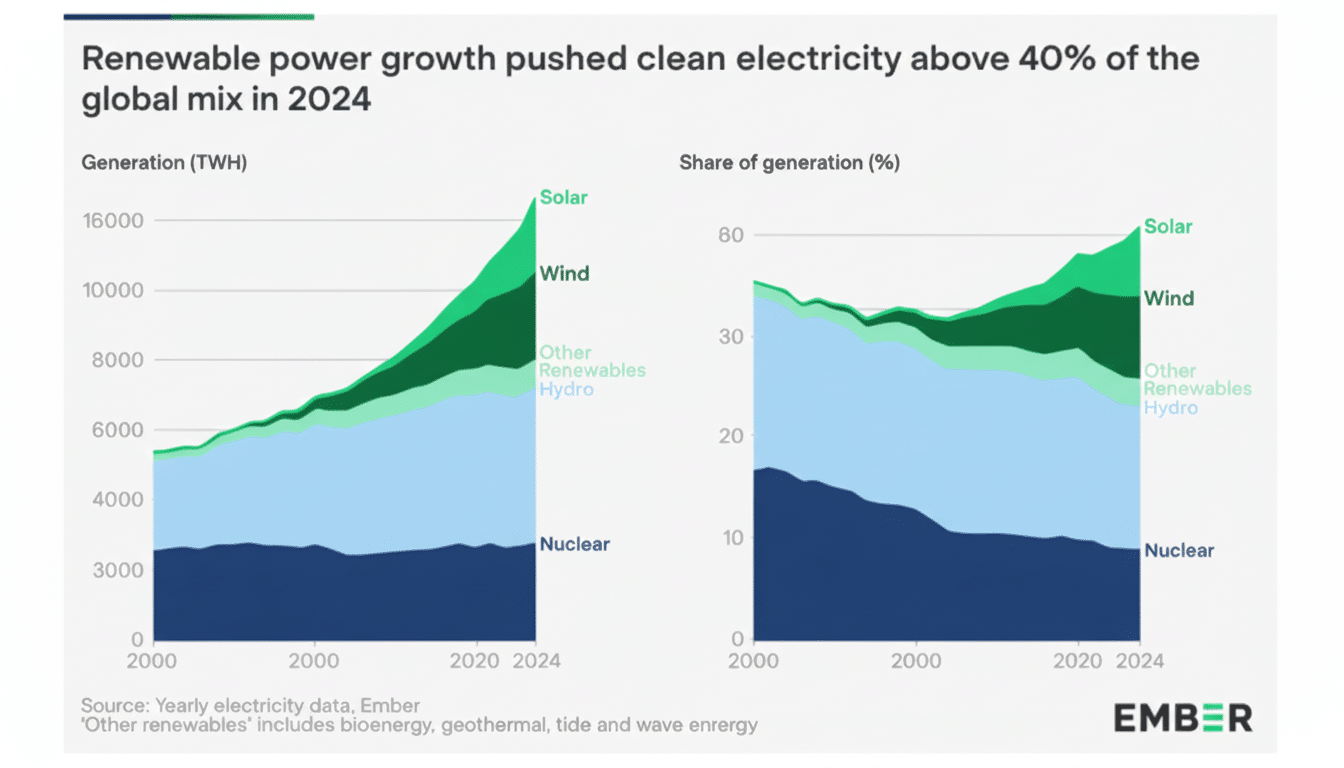Australia is about to lay claim to a new world first, with millions of households soon set to receive electricity between the hours of 9am and 5pm for free.
The nation-first program will see Australians given a daily block of free power in a bid to reduce pressure on the grid at peak times. The plan capitalizes on record rooftop solar installations and wholesale prices that regularly plummet on sunny afternoons, effectively asking people to use more energy when the grid is doused in clean electricity.
- How the daily free power window will work for households
- Why rooftop solar is driving cheaper midday electricity
- Who qualifies for the offer and the smart meter requirements
- What the free power window could mean for Australia’s grid
- How Australia’s approach compares with overseas energy tariffs
- What to expect next as retailers roll out daytime free power

How the daily free power window will work for households
It will initially kick in across three states: New South Wales, South Australia and southeastern Queensland. For those who sign up, in the middle of the day they can receive up to three hours of free power if they qualify. Households won’t need their own panels, but they will have to have a smart meter so retailers will be able to measure how much power is used and adjust the free window accordingly.
Officials say the free time is timed to align with peak rooftop output and low wholesale prices, when generation on the grid is mostly running off solar. That’s when a number of systems now begin to curtail solar, or prices flip negative. By shifting the timing of use to this window, the policy hopes to flatten what operators call the evening peak, cutting bills and reducing reliance on coal- and gas-fired generators after sundown.
Why rooftop solar is driving cheaper midday electricity
Australia has the highest penetration of household solar in the world. One in three homes now have rooftop systems, according to the Clean Energy Regulator, with more than three million installations and growing capacity that has repeatedly taken records. A steep decline in “operational demand” at lunchtime as rooftops suck up and dispatch generation to local loads is now consistently driving wholesale prices all the way down, and often into negative territory, in some parts of the National Electricity Market (NEM), analysts at the Australian Energy Market Operator (AEMO) have noted.
Costs help explain the boom. Independent analysis from CSIRO and the International Energy Agency has consistently concluded that installed prices for small-scale PV in Australia are among the least expensive in the world—often a fraction of costs typically seen in North America. With panels less expensive and abundant sunshine, the country’s solar fleet now serves as a giant daytime power plant stretched across suburban rooftops.
Who qualifies for the offer and the smart meter requirements
The free hours are specifically designed to accommodate people who can’t put panels on their roof—renters, apartment dwellers and homes that get too much shade. To take part, homes will require a smart meter and must opt in with their retailer. The Australian Energy Market Commission has also completed work that will lay the path to near-universal smart meters in this decade and which would make the offer available across the three initial regions and beyond as rollout progresses.

Households that come up with flexible loads will get the most benefit. Think EV charging, heat-pump water heating, pool pump and other in-ground appliances, dishwashers and laundry. Smart plugs and appliance timers can be used to auto-phase usage with the free window. Trials funded by the Australian Renewable Energy Agency have demonstrated that when carbon-intensive price signals are removed, households can help move a significant portion of demand into solar hours without extraordinary comfort sacrifices.
- EV charging
- Heat-pump water heating
- Pool pump and other in-ground appliances
- Dishwashers
- Laundry
What the free power window could mean for Australia’s grid
Translating the midday solar spike into helpful demand lowers curtailment and smooths the “duck curve,” reducing stress on the system when the sun goes down. AEMO has said steep afternoon ramps have higher emissions and costs; dragging hot water heating and EV charging into the daytime will help smooth these ramps out. It also offsets batteries—both for grid-scale storage and for home batteries—by saving supplies for when demand is high and renewables are in short supply.
There are practical considerations. Networks will have to manage local voltage and bidirectional flows as more devices dial into the free window. Retailers will require clear rules on when free periods apply, and protections so that most consumers don’t get shut out by the lack of a smart meter or digital tools. Consumer advocates, including Energy Consumers Australia, have been advocating for years that flexible or “opt-out” demand response programs should be simple to use, and accompanied by support targeted at renters and low-income households.
How Australia’s approach compares with overseas energy tariffs
Abroad, dynamic tariffs have provided some zero-cost or even “negative” price hours when wind or solar was high, as in the UK’s Octopus Energy Agile tariff; however, these are rare occurrences. Australia’s plan codifies a daily period of zero cost, which indicates how uniformly robust midday rooftop production has become in the large population centers.
What to expect next as retailers roll out daytime free power
Expect retailers to promote new daytime plans, appliance makers to swoon over timer options, and EV drivers to change their charging routines. As the number of participants increases, policymakers will be looking at three early indicators: the size of the evening peak, wholesale price volatility, and instances of what’s called solar curtailment. If the free window meaningfully shaves peaks and saves money for households, it could serve as a model for other sunny markets considering how to turn excess renewable energy into everyday relief on the bill.
For the time being, the message is simple: Australia created a rooftop solar powerhouse. The challenge ahead is to enable everyone to plug into it, panels or not, when the sun is shining brightest and the power is cleanest and cheapest.

